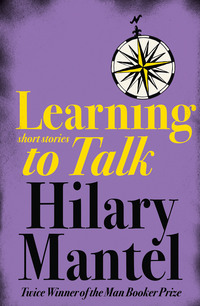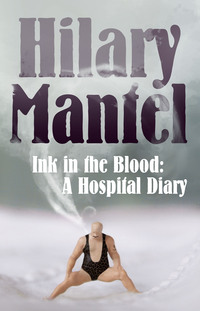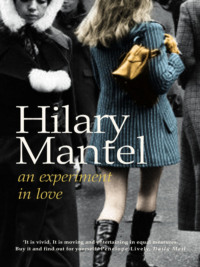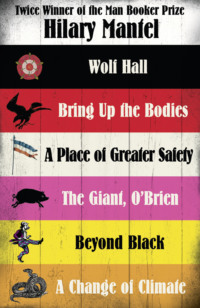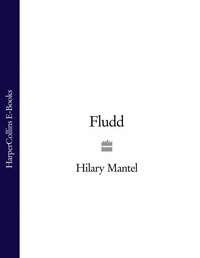Three-Book Edition: A Place of Greater Safety; Beyond Black; The Giant O’Brien

Полная версия
Three-Book Edition: A Place of Greater Safety; Beyond Black; The Giant O’Brien
Жанр: периодические изданиязарубежные любовные романыисторическая литературасовременная зарубежная литературасборникисерьезное чтениепублицистика и периодические изданияоб истории серьезно
Язык: Английский
Год издания: 2019
Добавлена:
Настройки чтения
Размер шрифта
Высота строк
Поля
Конец ознакомительного фрагмента
Купить и скачать всю книгу



